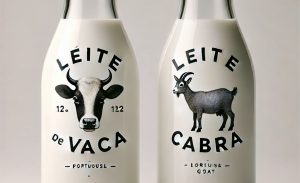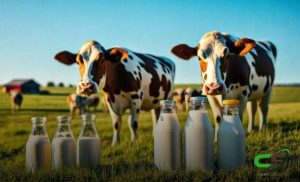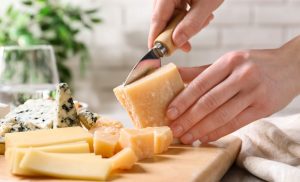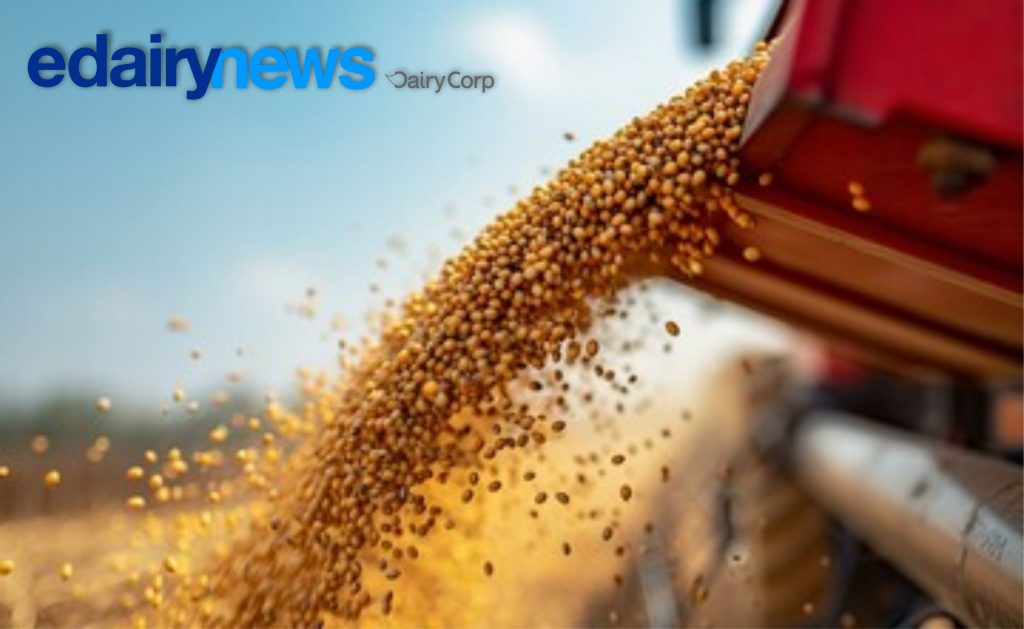But they have been warned take a long-term outlook as results of breeding programs take time to show in the herd.
Genetics Australia chief executive officer Anthony Shelly said that even with the advent of genomics, breeding was still a long-term process.
“The results of the sire selection decisions you make today don’t impact on your bottom line for another three-four years,” Mr Shelly said.
“If you make a directional change in your breeding and assuming a 20 per cent replacement rate, the transformation of your herd will be at least an eight-year project.
“So, when thinking about your breeding for this season, you need to think beyond the here and now.”
Mr Shelly spoke at a recent GA 2020 online conference series about the need to breed “the green cow”.
“We need to be thinking about healthy cows that calve easily, are less susceptible to disease, produce less methane, are efficient users of feed, are more comfortable in hot weather and are born without horns,” he said.
“We have the ability to breed for most of these things now.”
If you make a directional change in your breeding and assuming a 20 per cent replacement rate, the transformation of your herd will be at least an eight-year project.
– Anthony Shelly
Genetics Australia’s breeding program is designed to produce bulls that address many of the emerging issues directly related to farming social licence.
Mr Shelly said that across the Genetics Australia sire line-up, farmers would find bulls that would enable them to start their journey towards “the green cow”.
Polled animals
“Genomics and the dominant inheritance of the polled gene have allowed us to increase the number of high-profit polled sires available today,” he said.
Bulls such as the homozygous polled sires, CFP and Nipit are amongst the highest Balanced Performance Index sires that produce 100 per cent polled calves.
Columbus, Tirano and Samaria all carry the polled gene and about 50 per cent of the progeny of these high profit sires will be born hornless.
Mastitis resistance
Mr Shelly said the introduction of the mastitis resistance Australian Breeding Value by DataGene was a great step towards breeding healthier cows.
“By combining a number of traits with somatic cell count, they have created an index that best addresses both clinical and sub-clinical mastitis at a genetic level,” he said.
Frankland, Karat and Amalfi stood in GA’s genomic line-up as options for improving mastitis resistance while Maebull was a clear daughter-proven leader.
Feed efficiency
Mr Shelly said Australia was a world leader in genetic evaluations for feed efficiency.
The feed saved ABV allowed selection for bulls whose daughters produced more milk with less feed.
Microchip and Singular were great choices for those looking to breed feed efficient cows.
Both bulls sired daughters of average stature and size that consumed less feed than their herd mates without sacrificing production.
Heat tolerance
Aside from siring efficient daughters, Singular was one of GA’s best bulls for heat tolerance.
Others that excel in this trait were Maebull and the homozygous polled sire VoMemphis.
Even farmers in the southern parts of Australia could benefit from breeding cows with greater heat tolerance.
“We have all the tools and the bulls to help you breed healthy ‘green cows’ today”, Mr Shelly said.
“It’s time to start thinking about the future.
“When thinking about the future, one thing is certain: the need to breed healthy cows that meet broader community expectations will be the order of the day.”












